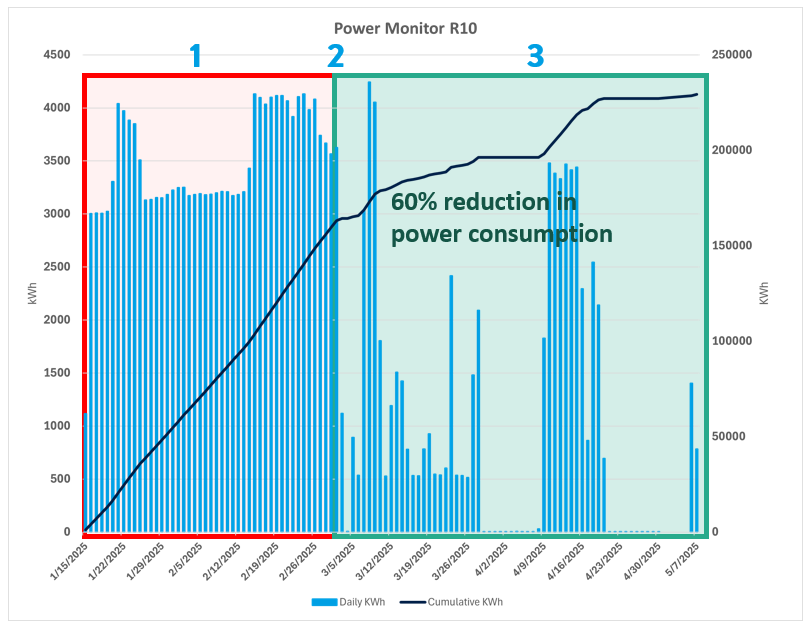Smarten up your project with Polygon
GET FAMILAR
GET SMARTER
At Polygon, we specialize in advanced climate solutions tailored for mass timber projects—offering real-time monitoring, precise humidity control, and expert guidance to protect materials at every stage. Discover how Polygon can help you safeguard mass timber and other construction materials for your next project.
When learning about climate control, clients often ask: "How much power will a system need?" It's a tough question to answer because it depends on power sources, equipment requirements, and how you plan to optimize it in the field.
It is important to understand what power sources are available on your job site when they will be available, and if there is a preference for which is used, perhaps for ESG requirements. A good climate control provider will balance your energy priorities and limitations with the system's performance requirements.
Certain climate control equipment can operate through the use of propane, natural gas, diesel, and/or electricity. Desiccant dehumidifiers consume a significant amount of energy when processing air, due to the desiccant reactivation process. When reactivating, the units generate an important amount of heat through an electric heater element, which can be substituted by a direct-fired burner consuming natural gas or propane instead of electric power. The main components of these “Tri-fuel” desiccant dehumidifiers are powered by electricity, with the added flexibility of choosing an energy source for the reactivation process, based on project preferences, constraints, and availability.
.png)
A mid-sized unit, capable of processing 5,000 CFM of air, often requires three-phase, 460-volt power. But the real question is how many amps it will draw. If the reactivation heater runs on electricity, the unit needs 132 Amps. However, when switching to gas, the power demand drops significantly because the reactivation heater now runs off a gas burner instead of electricity, reducing the power demand to 30 Amps.
While the source and requirements for power vary between systems and jobsites, every team seems to want to save on power without compromising performance. Actively modulating equipment based on real-time conditions can optimize equipment onsite. Smart control can reduce consumption by as much as 20%-60% when compared to running the equipment without any sort of control in place. Not only does this have financial benefits, but it also eliminates the need for manual setpoint adjustments while still protecting the project schedule.

When planning for climate control solutions, budget is a key factor. It’s essential to determine who will bear the cost, whether it's the project owner or another party. Advanced options like the SmartController can increase upfront expenses but offer significant long-term savings. Estimating the total energy costs and weighing them against the overall project budget and schedule will help ensure the best possible outcome.
By carefully managing power requirements, leveraging fuel flexibility, and incorporating smart control technology, you can meet your site’s unique needs.
Next Article